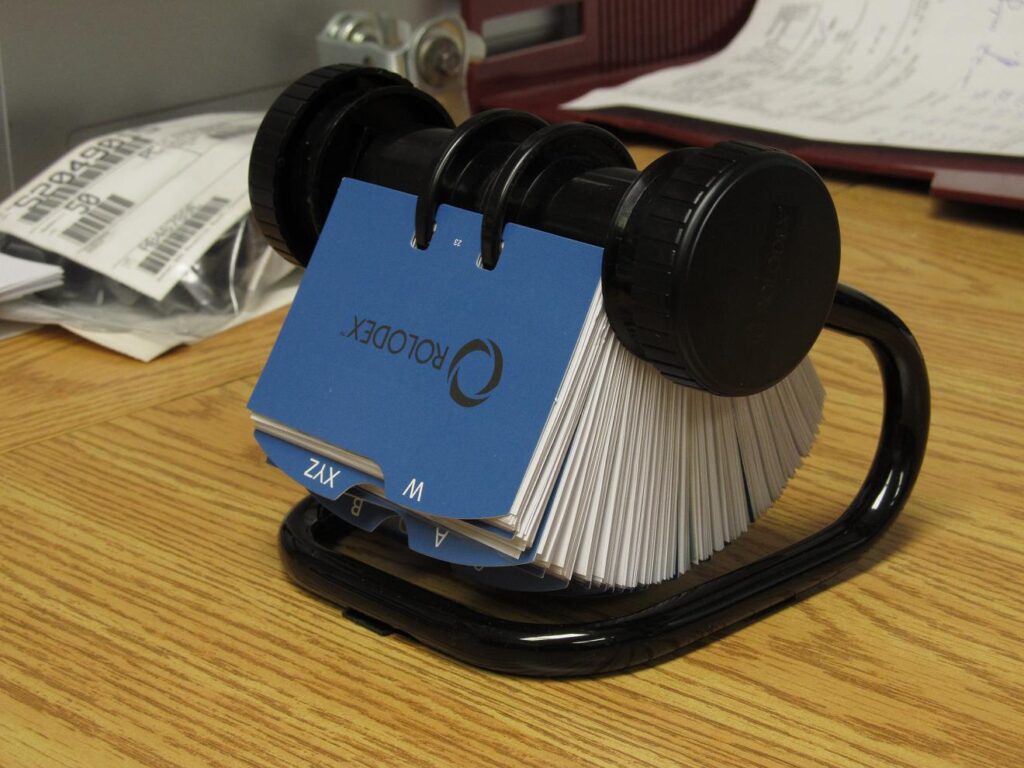
Life has a funny way of quietly replacing the familiar with the modern. Some items didn’t go out in a blaze of obsolescence—they just slowly disappeared while we were busy adapting. These once-essential things used to be part of our daily routines, but now they’re mostly memories. Let’s take a look at 15 everyday items that vanished so gradually you might not have even realized they were gone.
Phone books
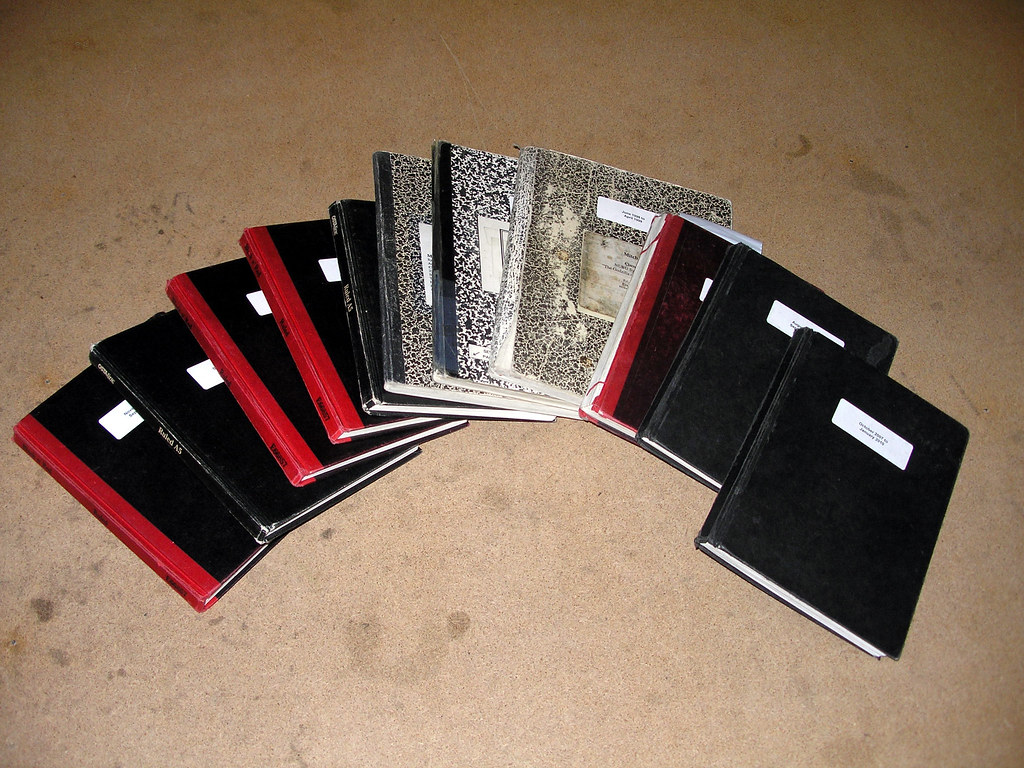
Not long ago, every household had at least one thick phone book stashed in a kitchen drawer or under the phone. You’d flip through pages to find a plumber, call a friend, or even order pizza. Now, search engines and voice assistants do it faster—and phone books are basically extinct. If you do still get one delivered, it probably goes straight into the recycling bin.
Alarm clocks

Before smartphones took over everything, digital alarm clocks were an essential bedroom item. Many of us woke up to buzzing, beeping, or even a built-in radio playing the morning news. These days, your phone sets your alarm, plays yourmusic, and checks your calendar. Most people don’t even own an alarm clock anymore—and the glowing red numbers feel oddly nostalgic now.
Landline phones
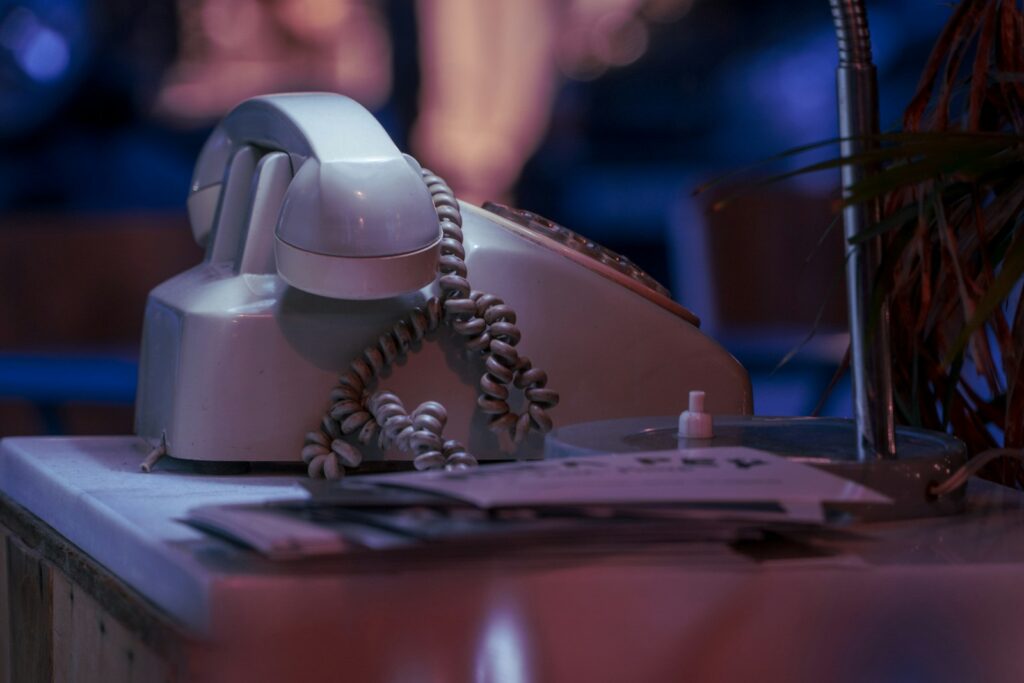
Landlines once sat in every home, office, and kitchen. With corded receivers and long spiral cables, they were the only way to stay in touch. Answering the phone was a family event—especially if you were waiting for a call. But cell phones made them unnecessary, and now, most young people have never even used a landline, let alone heard a busy signal.
Disposable cameras
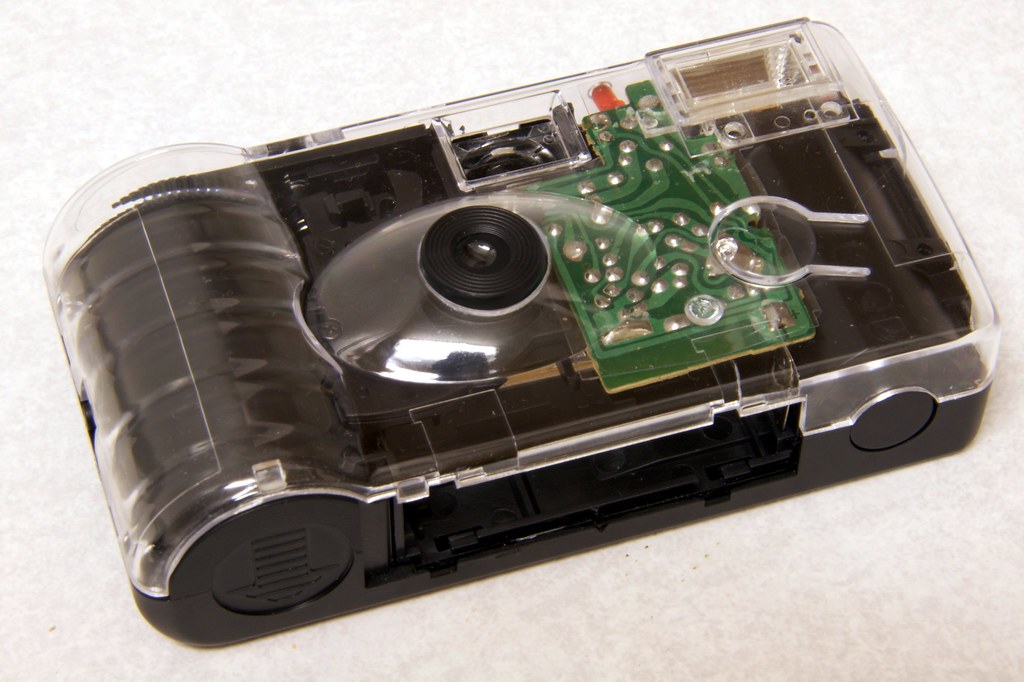
Disposable cameras were perfect for vacations, weddings, and birthday parties. You’d snap 24 or 36 photos, then wait days for them to be developed—sometimes only to discover half were blurry. Despite the mystery, they were fun and spontaneous. Now, we take hundreds of photos on our phones, delete the bad ones instantly, and rarely print anything at all.
Fax machines
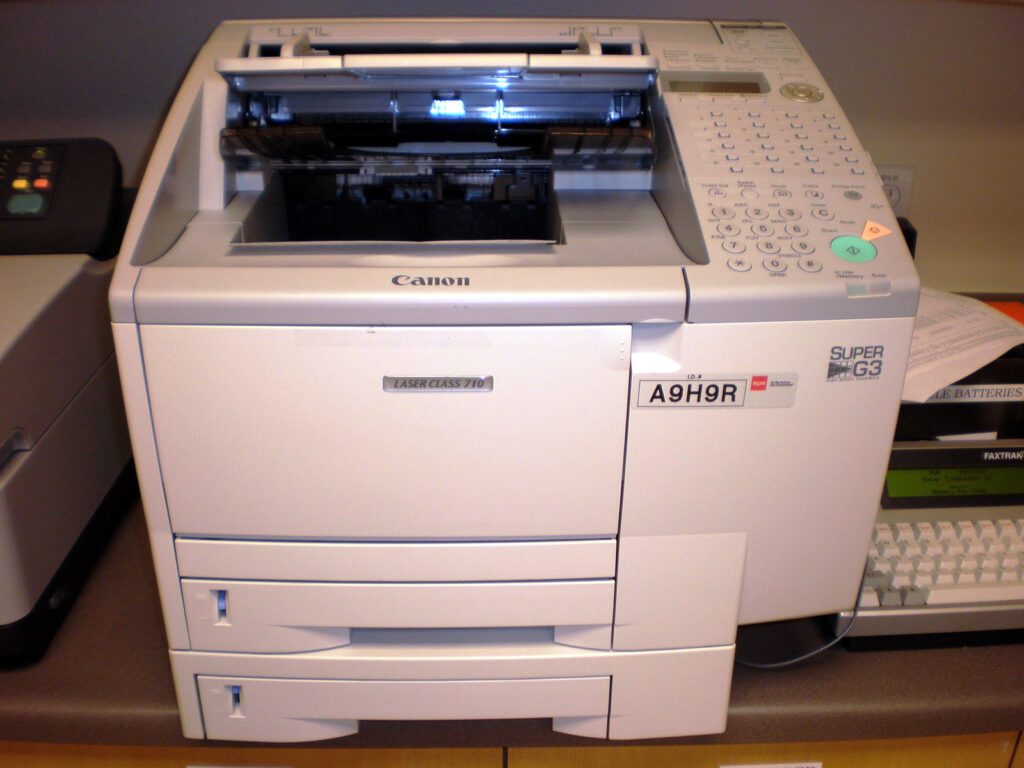
There was a time when the screech of a fax connecting was as common as the ping of an email today. Faxes were essential in offices and often used to send contracts or important forms. Now, nearly all of that is handled by email, cloud storage, and e-signatures. Most people haven’t seen a fax machine in years—unless they work somewhere stuck in 1995.
Rolodexes
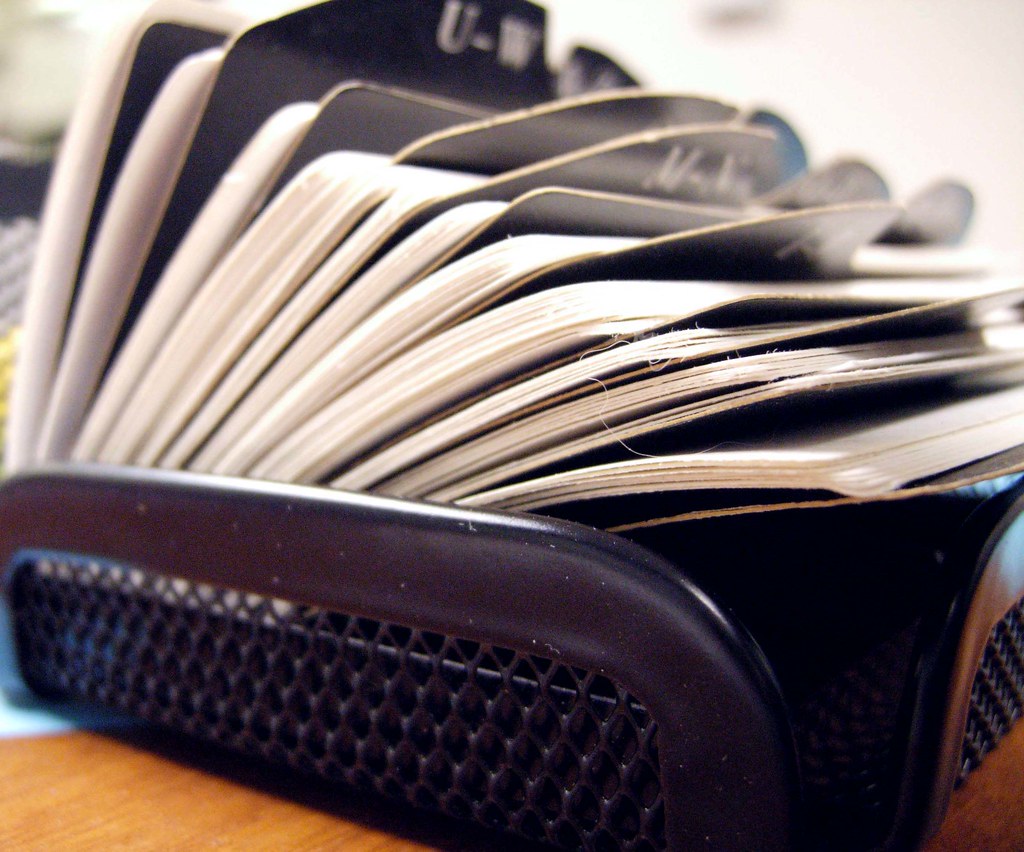
Sitting proudly on office desks, Rolodexes once held the business world together—stuffed with handwritten names, numbers, and business cards. Spinning that wheel felt oddly satisfying. But now? Your contacts are stored in your phone, email, or synced to the cloud. Rolodexes are now more likely to show up in thrift stores than in boardrooms.
CD and DVD towers
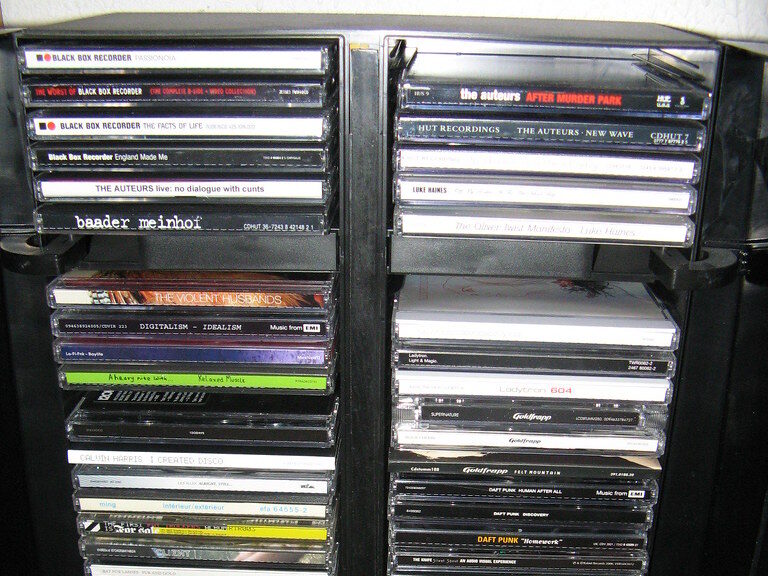
Organizing CDs and DVDs used to be a whole afternoon activity. People proudly displayed massive collections—sorted by genre, artist, or even color. But with music streaming and Netflix-style platforms, most of those discs are now collecting dust in a box somewhere—or gone completely. The once-tall towers of entertainment have been replaced by digital playlists and watchlists.
Checkbooks

There was a time when you couldn’t leave home without your checkbook. Paying rent, groceries, or even the babysitter involved writing out a check and balancing your register. Now, mobile payments, credit cards, and online banking have replaced most of that. Some people still use checks—but many haven’t written one in years.
Encyclopedias

Having a full encyclopedia set on your bookshelf used to be a point of pride—especially for parents with school-aged kids. They were expensive, heavy, and filled with knowledge. But then the internet arrived, and suddenly, information was free, fast, and constantly updated. Today, encyclopedias are more decorative than educational.
Answering machines
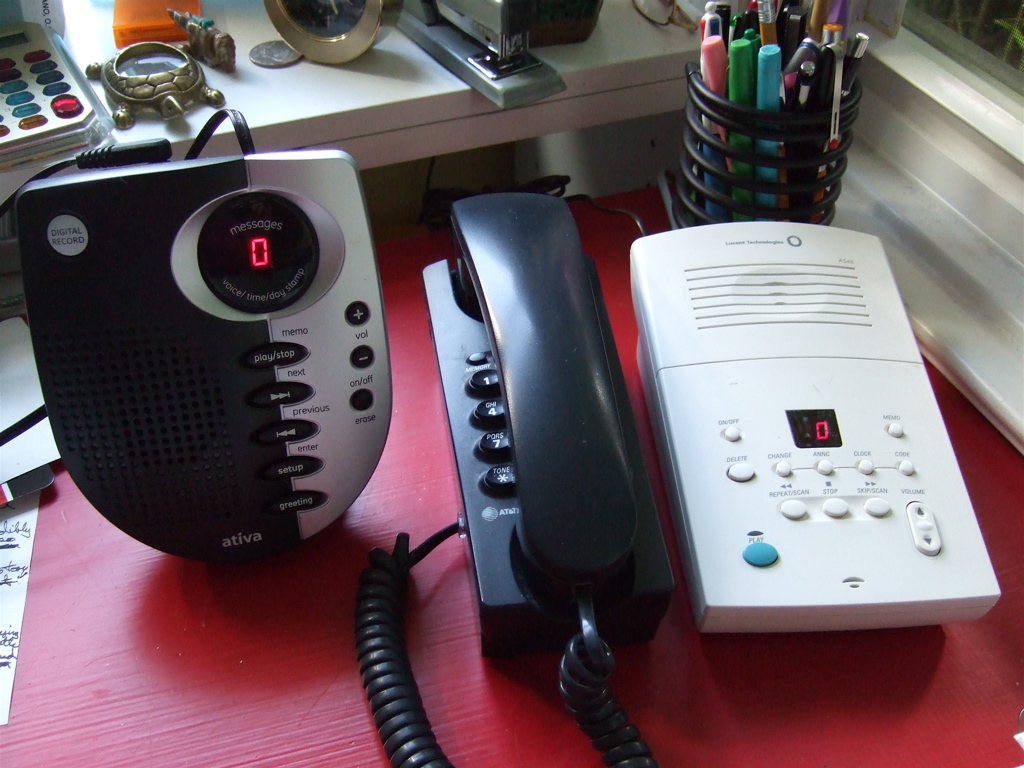
The thrill of coming home to a blinking light meant someone had called—and left a message. Answering machines were once a household staple, recording messages on tapes or internal memory. You’d hit “play” and hope it wasn’t just another telemarketer. Now, voicemail lives in your pocket and is often ignored entirely in favor of a quick text.
Travel agencies
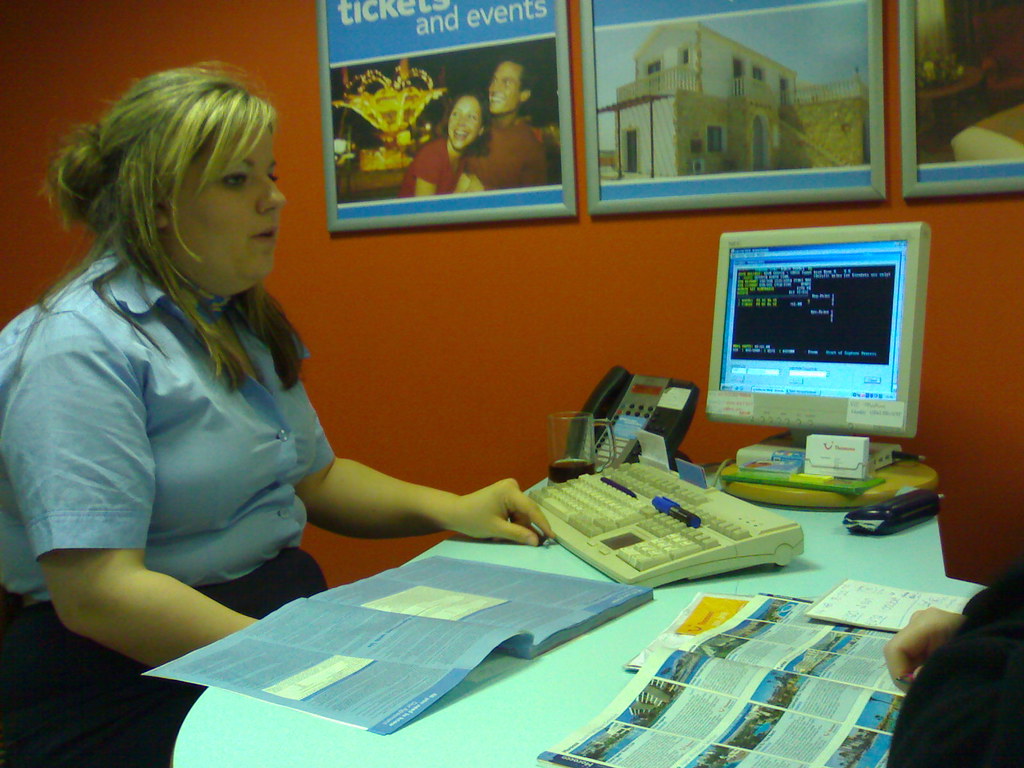
Booking a vacation used to mean sitting across from a travel agent with a stack of brochures, listening to recommendations, and watching them piece together your itinerary. It felt special—like planning a real adventure. Now, most people plan trips online, comparing prices themselves and using apps to do all the legwork. Travel agents still exist, but far fewer people use them regularly.
Ashtrays

There was a time when ashtrays sat on every table—indoors and out. In restaurants, in cars, and even at the doctor’s office. But with growing awareness of smoking’s health risks and stricter regulations, ashtrays have all but disappeared from public view. Today, they’re mostly found in antique stores, old cars, or as oddly placed decor in retro diners.
Manual car windows

Crank-style windows were once standard in every car. There was something satisfying about rolling the window down by hand—and something infuriating when it stuck halfway. Today, nearly all cars come with power windows as the norm. Many young drivers have never even seen a manual window crank, let alone used one.
Paper maps

Planning a road trip once involved unfolding a huge paper map, arguing over directions, and trying to refold it neatly (which never worked). Now, with GPS and map apps offering real-time traffic updates, turn-by-turn directions, and rerouting, the paper map has quietly disappeared from glove compartments. The adventure of “figuring it out” has become a bit more digitized.
TV guides
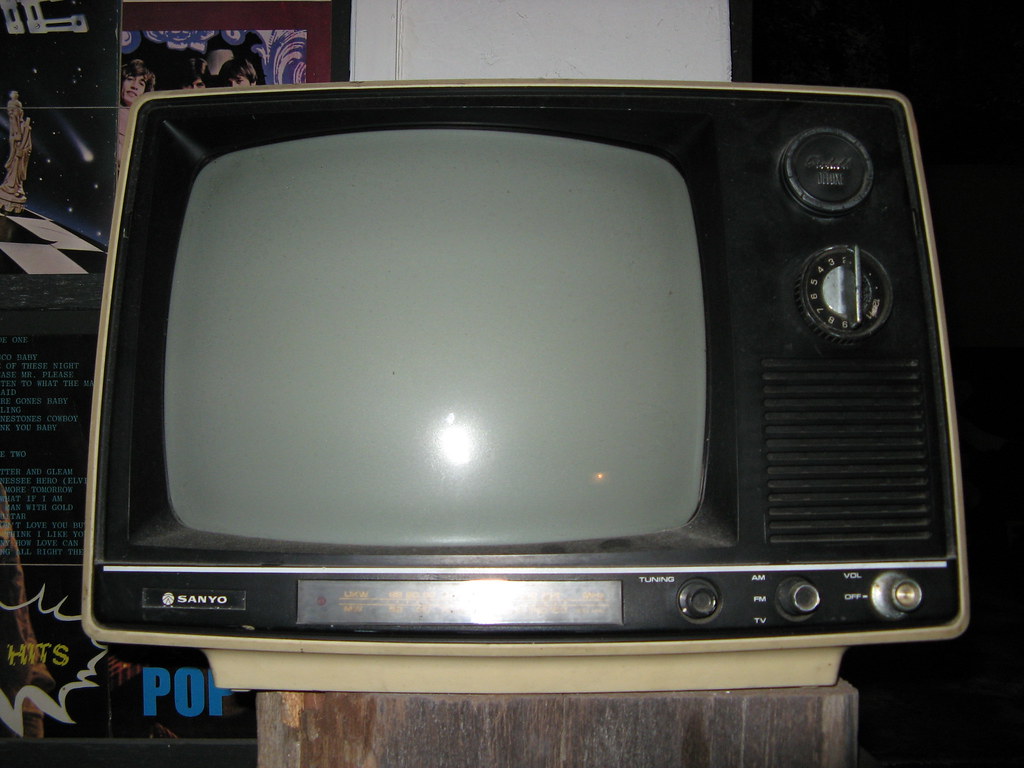
TV guides used to be part of the weekend ritual—circling the shows you didn’t want to miss. Families would plan their evenings around sitcoms, specials, and movie nights. Today, on-demand streaming lets us watch what we want, whenever we want. The grid-style TV guide? Replaced by autoplay thumbnails and recommendation algorithms.
